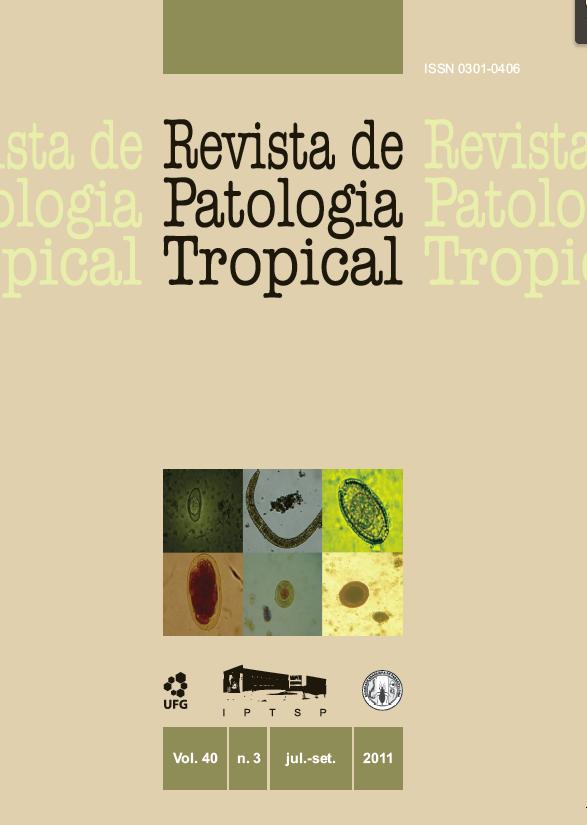Mycobacteria: epidemiology and diagnosis
DOI:
https://doi.org/10.5216/rpt.v40i3.15972Keywords:
Tuberculosis, Nontuberculous mycobacteriaAbstract
It is estimated that one third of the world population is infected with Mycobacteriumtuberculosis, resulting in 2 million deaths annually. More than 8 million new cases
of tuberculosis (TB) are registered per year worldwide, and Brazil ranks 19th among
the top 23 countries with the highest rates of TB. The determining factors for the
control of this disease include early detection, appropriate therapy and measures
for avoiding transmission. The conventional diagnoses (smear and microorganism
culture) have time limitations for implementation and operation, since the result may
take up to 60 days to be released. Therefore, early detection is critical for blocking
the chain of TB transmission. Mycobacterial diseases caused by nontuberculous
mycobacteria are also having a major impact due to increased outbreaks of surgical
infections. Thereby, the rapid and specific identification of microorganisms is
important for the diagnosis, which will determine the type of treatment (treatment
according to species). Knowledge of etiologic agents of mycobacterial diseases,
as well as sensitive and specific diagnosis allows proper treatment by blocking the
chain of TB transmission and controlling nontuberculous mycobacteria outbreaks.
Downloads
Downloads
Published
How to Cite
Issue
Section
License
The manuscript submission must be accompanied by a letter signed by all authors stating the full name and email address, confirming that the material has not been published or is under consideration for publication elsewhere, and agreeing to transfer copyright in all media and formats for Journal of Tropical Pathology. The authors will not be paid for published articles. They are solely responsible for the content of those articles, even if the Editor holds the right to adjust them to the norms of the journal.
The reviewers will not be paid for the peer review process.

